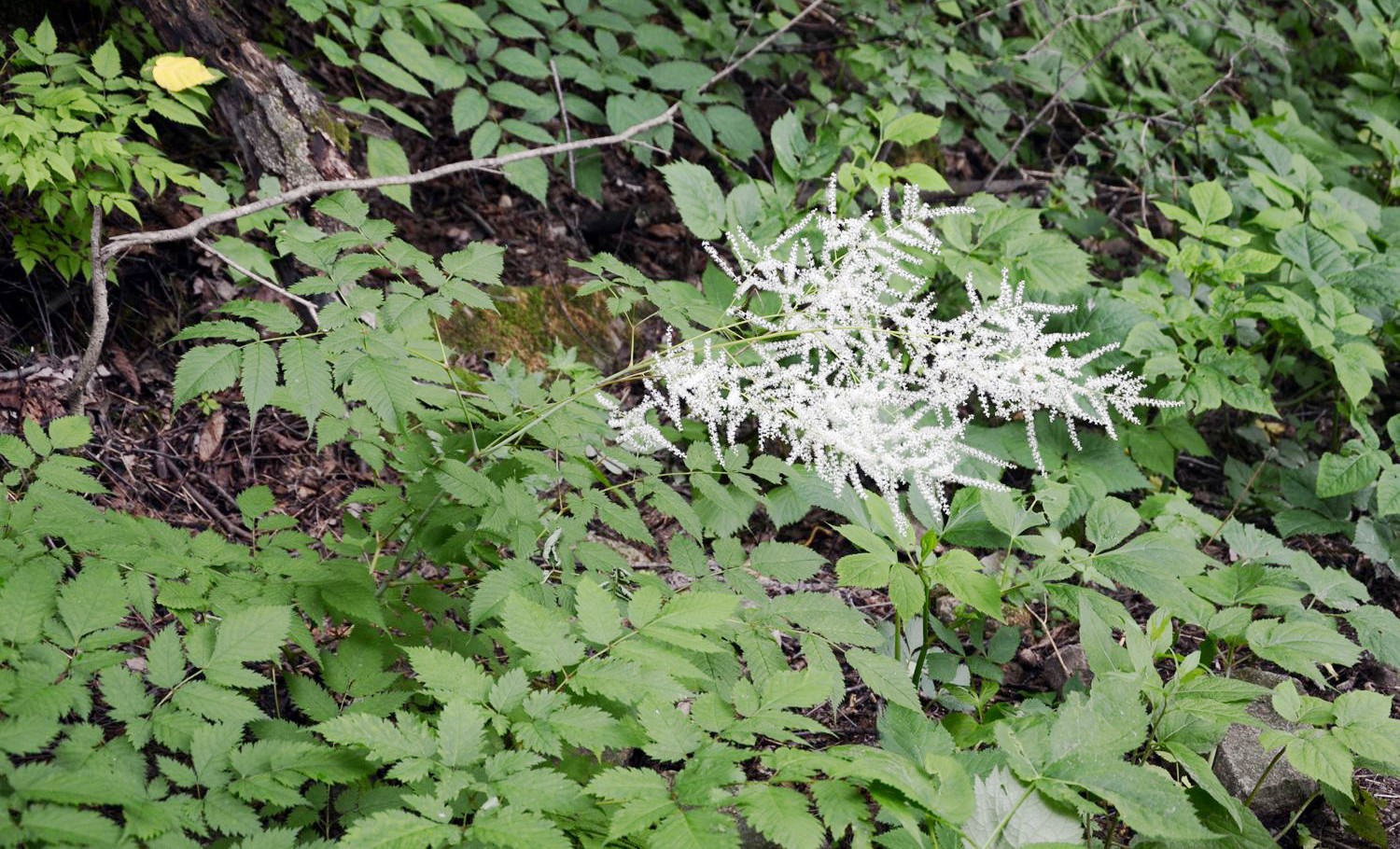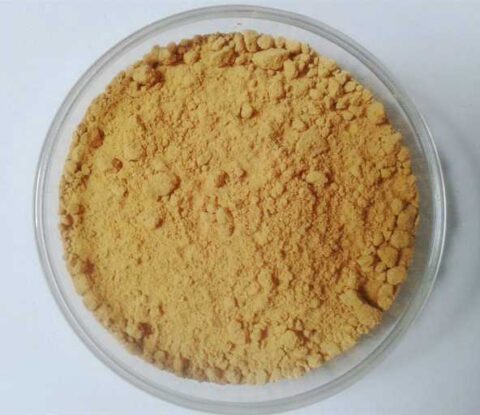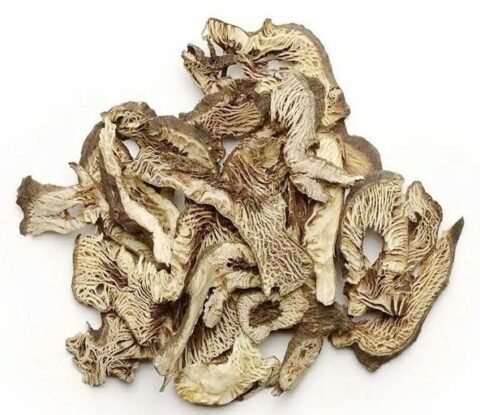
Cimicifugae Extract Powder(Sheng Ma) 10:1, 20:1, 50:1 TLC
After drying the roots and stems of Cimicifuga, it can be used as medicine. Its taste is sweet, spicy, and cool. It has the effects of relieving external heat and promoting yang, clearing heat and detoxifying. It is mainly used to treat diseases such as poor transmission of measles, cold and heat, oral ulcers, sore throat, rashes, ulcers, long-term diarrhea and prolapse of the anus, and uterine prolapse.
Cimicifugae Extract Powder(Sheng Ma) 10:1, 20:1, 50:1 TLC
【Botanical source】: Cimicifuga heracleifolia Kom, Cimicifuga dahurica(Turcz.)Maxim. or Cimicifuga foetida L.
【Part used】: The dried rhizomes of plants in the Ranunculaceae family, such as Cimicifuga heraceifolia Kom, Cimicifuga dahurica (Turcz.) Maxim, or Cimicifuga foetida L. Harvest in autumn, remove mud and sand, sun dry the roots until they are dry, burn or remove the roots, and sun dry them.
【Functions in TCM】: Expose rash, clear heat and detoxify, and elevate yang qi. Used for wind heat headache, toothache, oral ulcers, sore throat, impenetrable measles, toxic hair spots, prolapse of the anus, and uterine prolapse.
【Specification】: 10:1, 20:1, 50:1 TLC
【Appearance】: Brownish yellow powder
【Particle size】: 95% pass 80 mesh size

Cimicifugae Extract Production Flowchart
Cimicifugae raw materials – natural air drying–Coarse powder(40 mesh) -Low temperature water extraction – 1st Reflux Extraction(10 times water,2 Hrs) – 2nd Reflux Extraction8 times water,1.5 Hrs) – 3rd Reflux Extraction(6 times water,1 Hrs) – Extraction Solution-combine&Filtrate-Concentrate-Extractum-spray drying – screening – packaging – detection of physical and chemical indicators – warehousing
Specification of Cimicifugae Extract
| Item | Standard | Test method |
| Appearance | Brownish Yellow fine powder | Visual & Organoleptic |
| Specification | 10:1 | TLC |
| Particle size | 80 mesh | Pass 80 mesh size screen |
| Ash | <13% | 2g/525℃/3hrs |
| Moisture | <7% | 5g/100℃/2.5hrs |
| Heavy metals | As <1.0ppm Pb<2.0PPM Hg<0.2ppm Cd<1.0ppm | Atomic Absorption |
| Microbiological Control | Total Plate Count<10,000cfu/g, Yeast & Mold<100cfu/g, E.Coli<10cfu/g. |
AOAC |
| Packing | 1kg/bag, 5kg/bag, or 25kg/fiber drum (D* H, 40*50cm),
It can also be packaged according to the requirements of customers, and all the packaging materials meet the standards of Chinese Pharmacopoeia 2010. |
|
Extended Reading
Cimicifugae Function and Efficacy Recorded in TCM
Cimicifuga has the effects of promoting rash penetration, clearing heat and detoxification, and lifting yang qi. It is used for wind heat headache, toothache, oral ulcers, sore throat, measles opacity, yang toxic hair spots, prolapse of the anus, and uterine prolapse.
Exogenous fever
Often used equivalently with kudzu root and bupleurum.
Measles opacity, positive spots
At the beginning of treating measles, if the rash is not smooth, it is often used together with kudzu root, white peony, and licorice.
It can be used to treat toxic hair spots and is equivalent to gypsum, holly leaves, and purple grass.
Heat toxin syndrome
For the treatment of excessive stomach fire, headache caused by upward attacking along the meridian, swollen and painful gums, or swollen and painful lips and cheeks, it is often used equivalently with Huanglian, Shengdi Huang, and Mudan Pi.
It is commonly used in combination with Scutellaria baicalensis, Coptis chinensis, and Banlangen to treat head and face redness and swelling, as well as throat swelling and pain caused by the invasion of wind heat and epidemic virus.
Spleen deficiency and qi depression syndrome
Symptoms include chronic diarrhea, prolapse of the anus, uterine prolapse, and other visceral prolapse. It is often used in combination with Bupleurum chinense, and is combined with Astragalus membranaceus, ginseng, and other ingredients.
Identification Method Recorded in Chinese Pharmacopoeia
Take 3g of this product powder, add 50ml of 1% sodium bicarbonate solution, leave overnight, sonicate for 10 minutes, filter, adjust the pH of the filtrate to 2-3 with dilute hydrochloric acid, extract with ether three times (20ml, 15ml, 15ml), combine the ether solution, evaporate, and dissolve the residue in 1ml of methanol as the test solution. Take another reference substance of ferulic acid and add methanol to prepare a solution containing 1mg per 1ml as the reference solution.
According to the thin-layer chromatography method (Appendix VI B), extract 5 each of the above two solutions μ l. Point on the same silica gel G thin layer plate with carboxymethyl cellulose sodium as the adhesive, use benzene ethyl acetate and formic acid (4:1:0.1) as the developing agent, unfold, remove, air dry, spray with a newly prepared mixed solution of 1% ferric chloride and 1% potassium ferrocyanide (1:1). In the chromatogram of the test substance, spots of the same color appear at the corresponding positions of the reference substance chromatogram.




